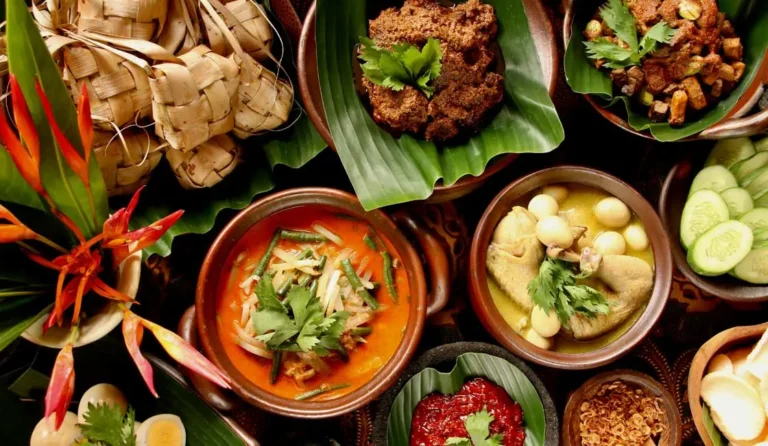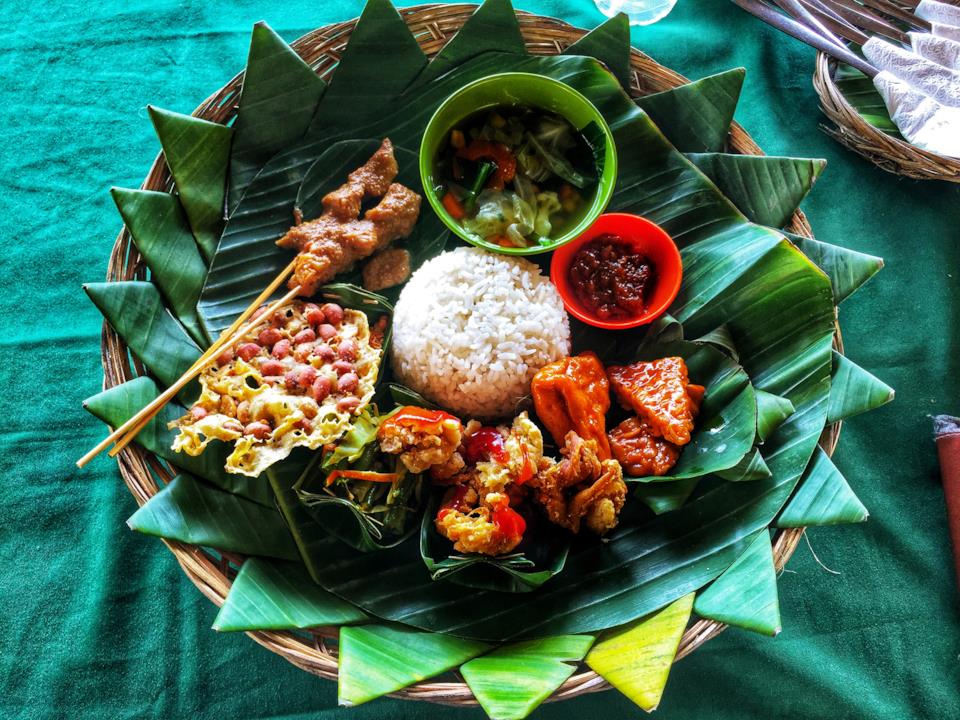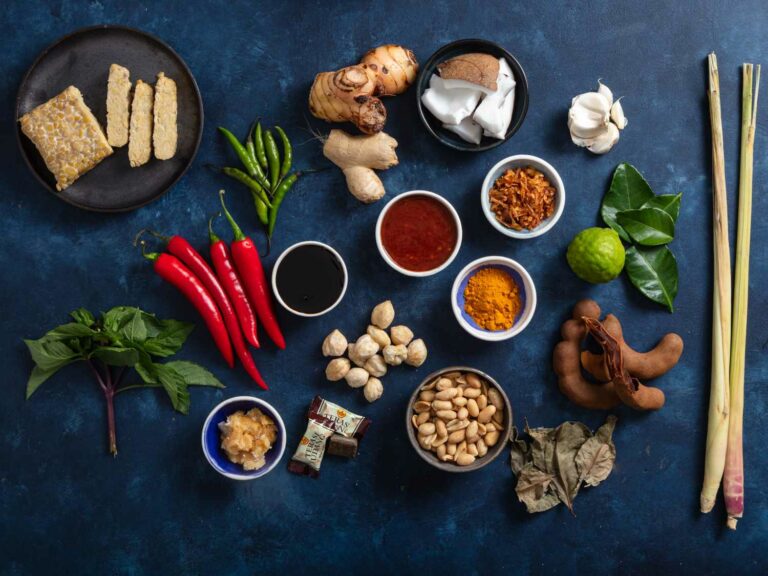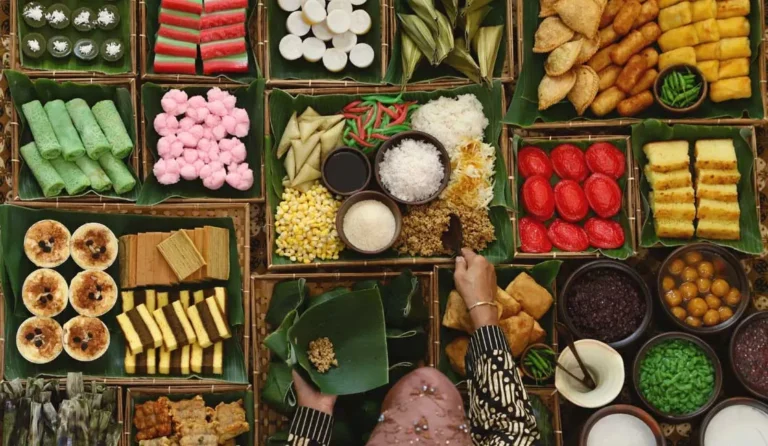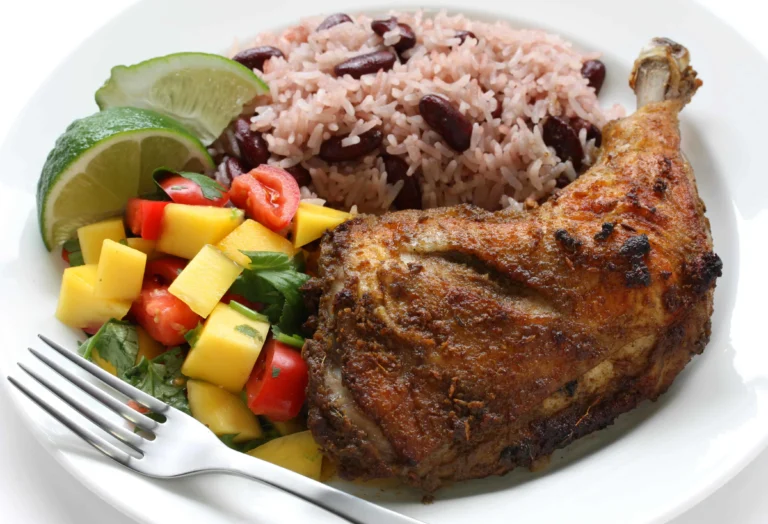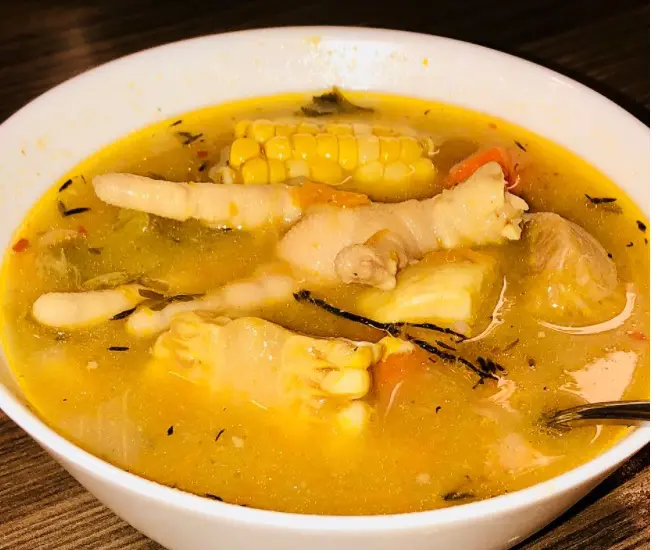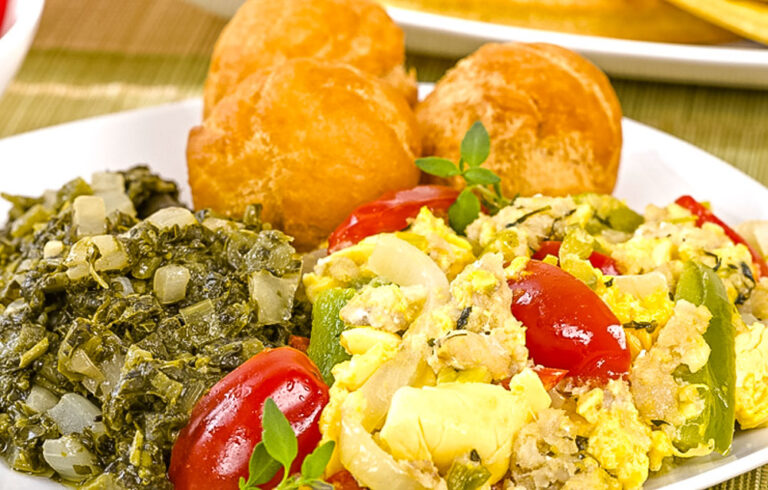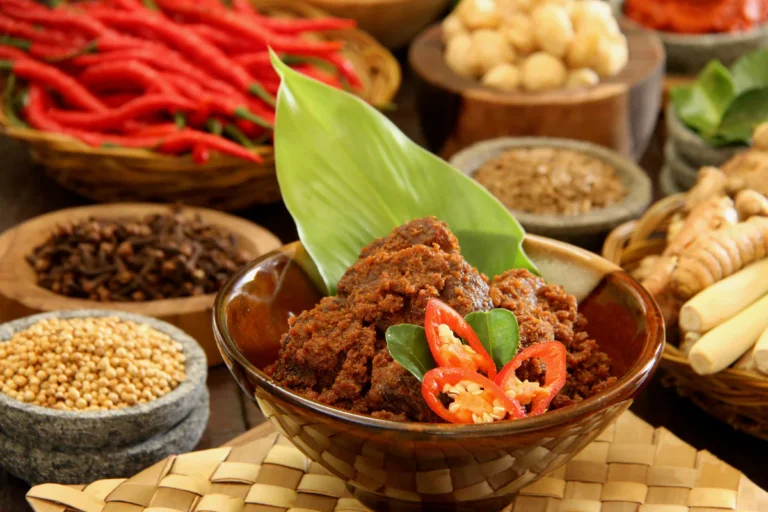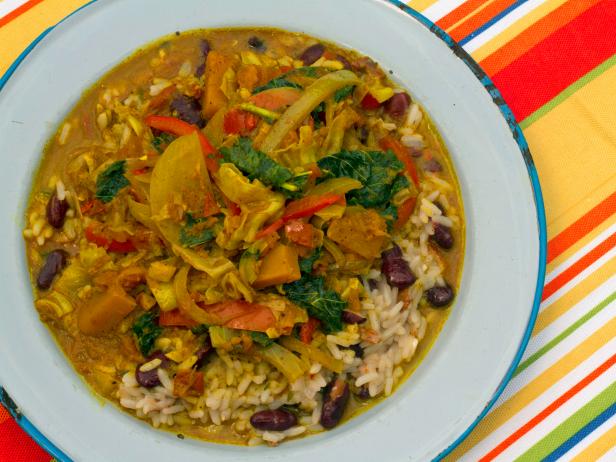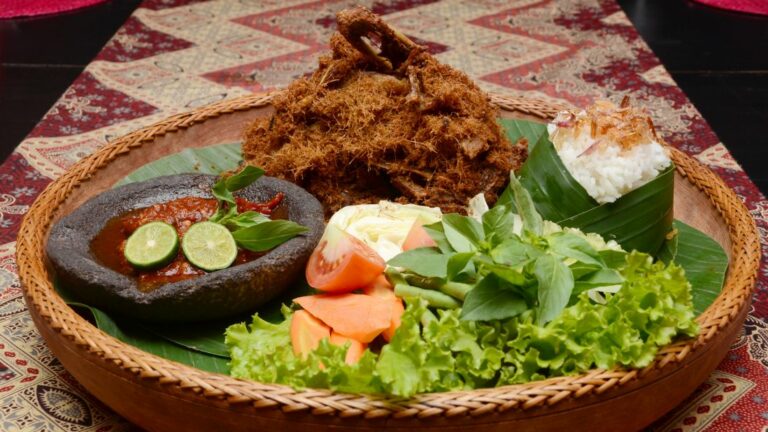Introduction: Indonesian cuisine
Indonesian cuisine is one of the most diverse and flavorful in the world. With over 17,000 islands and hundreds of different ethnic groups, Indonesian cuisine varies greatly throughout the archipelago. However, there are some commonalities that define the cuisine, such as the use of spices, herbs, and chilies, and the importance of rice as a staple food.
Rich flavors and spices
Indonesian cuisine is famous for its rich flavors and spices. Some of the most commonly used spices include turmeric, ginger, coriander, cumin, nutmeg, and cloves. These spices are used to add depth and complexity to dishes, and they are often combined with chilies to create a spicy kick. Indonesian cuisine also makes use of herbs like lemongrass, lime leaves, and galangal to add freshness and aroma to dishes.
Rice dishes – the staple food
Rice is a staple food in Indonesian cuisine, and it is served with almost every meal. There are many different types of rice dishes in Indonesian cuisine, ranging from simple steamed rice to complex dishes like nasi goreng (fried rice) and nasi uduk (coconut rice). Rice is often served with a variety of side dishes, such as chicken, beef, vegetables, and eggs.
Street food – a culinary adventure
Indonesia is a street food paradise, and there are countless street vendors selling all kinds of delicious snacks and meals. Some popular street food dishes include satay (grilled meat skewers), gado-gado (vegetable salad with peanut sauce), and martabak (stuffed pancakes). Eating street food in Indonesia is a culinary adventure, and it is a great way to experience the local culture and cuisine.
Influence of Chinese and Indian cuisine
Indonesian cuisine has been influenced by Chinese and Indian cuisine over the years, due to the historical trading relationships between Indonesia and these countries. Chinese influences can be seen in dishes like bakmi (noodle soup), while Indian influences can be seen in dishes like rendang (spicy beef). However, Indonesian cuisine has also evolved to create unique dishes that are distinctly Indonesian.
Popular Indonesian dishes to try
There are so many delicious Indonesian dishes to try, but some of the most popular include nasi goreng (fried rice), satay (grilled meat skewers), soto ayam (chicken soup with noodles), and rendang (spicy beef). Indonesian cuisine also offers a wide range of vegetarian and vegan options, such as gado-gado (vegetable salad with peanut sauce) and tempeh (fermented soybean cake). No matter what your taste preferences are, there is something for everyone in Indonesian cuisine.

